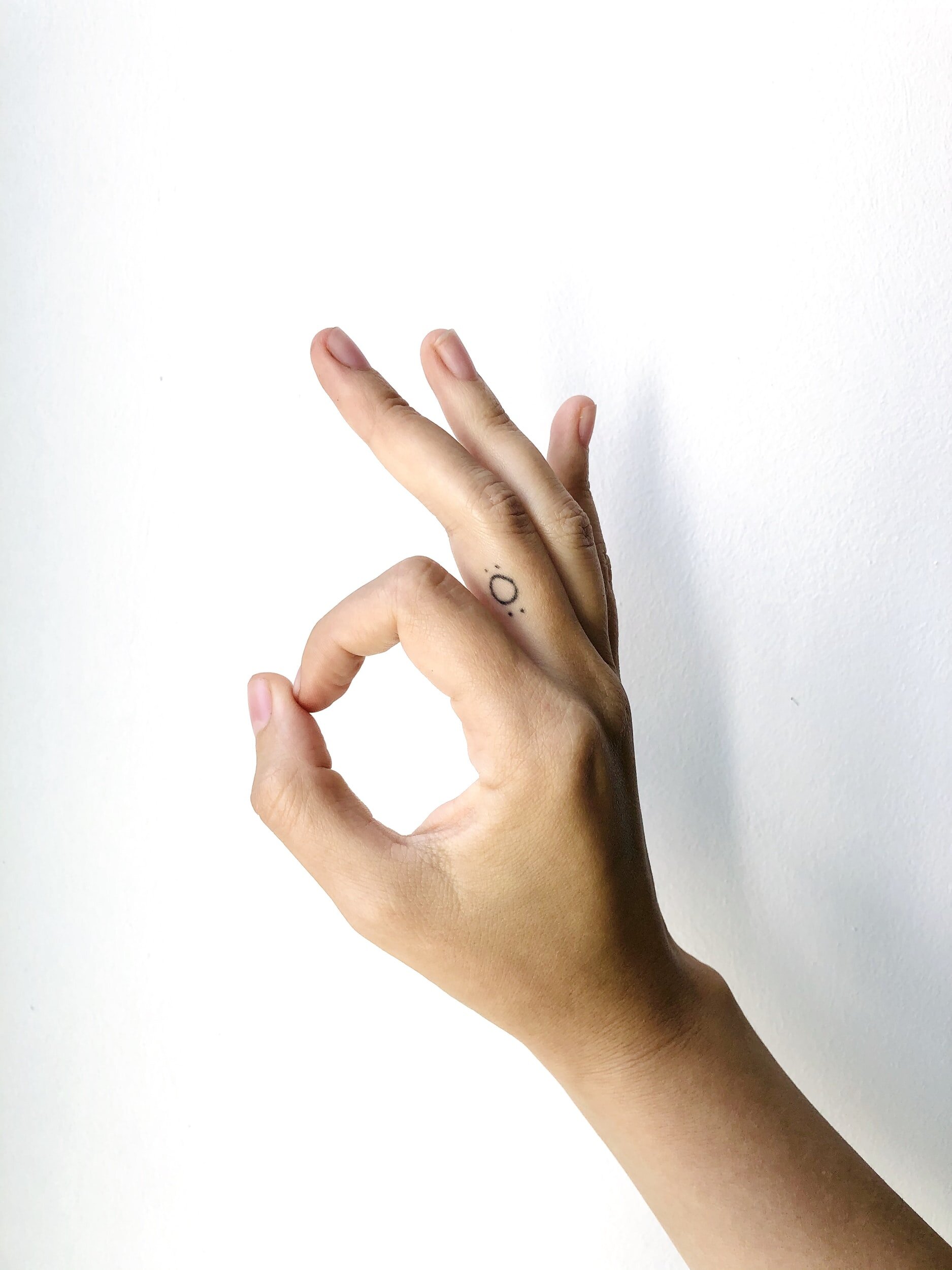Fix Your Child’s Piano Posture!
While learning piano, students sometimes struggle with no sign of improvement. When this happens, parents assume it is due to their child’s coordination skills or lack in musical talent. However, that usually is not the case. There is an underlying problem that parents tend to miss, their posture.
Piano posture is a small yet crucial issue when learning piano and by simply fixing the way your child sits at the piano, parents can make a huge difference in their child’s musical learning. Parents must check to see if the piano bench is too close or too low and adjust the height and position to create a comfortable posture at the piano, making techniques so much easier for their child to master.
In any physical activity, positioning is very important. It makes an enormous difference in how successful children are in their activities. When playing the piano, positioning is particularly important. Often children need some help to find the correct way to sit at the piano while they practice at home.
Here is a checklist for parents seeking the perfect position for their piano bench at home:
1. Bench height: The height of your child’s piano bench should be adjusted so that when their hands are on the keys their forearms are parallel to the floor. Their wrists should not be below the keyboard, but should also not be too high. This will allow for comfortable arm and hand movement.
The easiest way to correct the height of the bench is by adding some foam squares under the legs until it is raised to the correct height. Add squares until the arms are in a straight line from the back of the hands to the elbows. This line should then be parallel to the floor.
Having your child sit on books or other “props” on the bench can be uncomfortable, so we suggest adding the needed height under the legs.
2. Bench distance: When at the bench, your child should be sitting so that they have to reach for the keys while still keeping bent elbows that are comfortably away from the body. The piano must not be too close. Help your child find a distance that is comfortable, and then make a small mark on your floor with tape so that you can find the same spot with the bench each time they practice.
3. Dangling feet: If your child’s legs are not long enough to comfortably rest with their feet flat on the floor, a small step stool should be placed under the feet so that the legs are bent at a 90-degree angle. Having a solid base for the feet will help them maintain the correct height and distance from the piano.
These three points may be difficult to achieve if your child is using a keyboard that does not have a keyboard stand. Resting a keyboard on a desk or table can make it really tricky to find the correct seating arrangement. If this is the case, there are many inexpensive stands that can make all the difference in the world!


